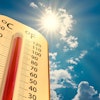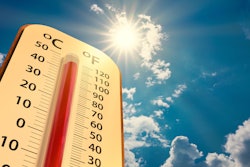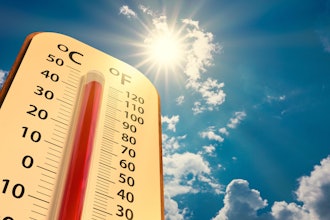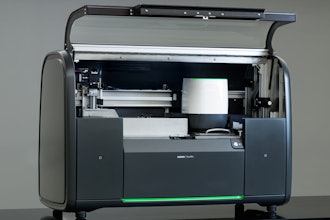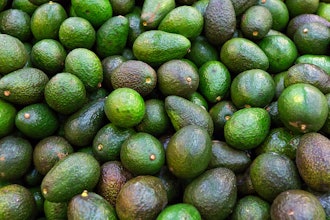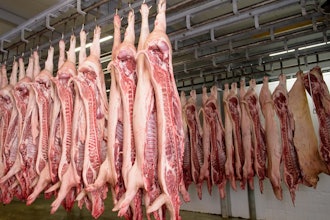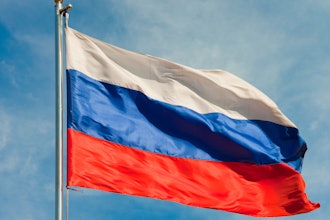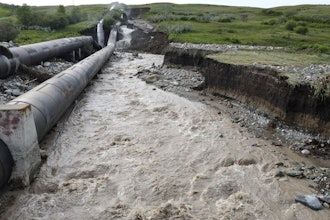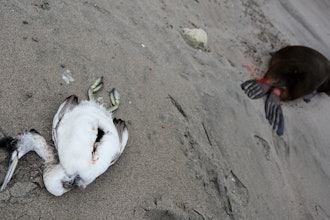
PIXLEY, Calif. (AP) — The stench of cow feces, urine and ammonia forces residents to keep windows and doors closed in parts of California's farming country. Some people constantly run air purifiers at home to counter the smell and, they say, fight off air-related ailments.
Industrial-scale dairy farms already are among the biggest polluters in the San Joaquin Valley, a premier U.S. agricultural region with poor air quality. Now residents like Whitfield worry methane digesters, which can turn manure into a biofuel that is cleaner than traditional fuels like gasoline, could exacerbate health issues. Biofuel experts say digesters can reduce air pollution.
Dairy and Digester Capital
Home to about 1.7 million cows, California is the country's leading dairy producer and a large contributor of methane. Cow burps and manure emit the potent planet-warming gas, which over a shorter period is much more powerful than carbon dioxide.
In recent decades, digesters that convert manure and other organic waste into biogas to create electricity or to power vehicles have spread across the country.
The number's expected to grow since waste management practices such as digesters became eligible for funding from the Inflation Reduction Act — President Joe Biden's law to combat climate change.
Most digesters are in dairies that capture methane from lagoons of cow manure and turn it into biofuel. Liquified cow manure commonly is stored in a covered digester where microbes from the animals' digestive systems produce gas. The gas then is cleaned and compressed into a liquid fuel that can be used as an energy source.
In the last decade, about 120 digesters have cropped up across California and roughly 100 more are in the pipeline. But a technology hailed as a cost-effective way to help the state reach its methane reduction goals has become controversial.
Environmental justice organizations say mostly low-income, Latino communities are dealing with pollution from nearby digesters, and they want California to stop providing financial incentives for more. Critics also say state policies favor industrial dairies, entrenching unsustainable animal agriculture.
Supporters point to the technology's effectiveness at mitigating climate change. AgSTAR, sponsored by the Environmental Protection Agency and the U.S. Department of Agriculture, estimates manure-based digesters reduced greenhouse gas emissions by more than 10 million metric tons of carbon dioxide equivalent in 2022. That's roughly the annual greenhouse gas emissions from more than 2 million passenger vehicles.
Supporters note that biofuel from methane reduces pollution by replacing fossil fuels like gasoline with cleaner vehicle fuel.
Dairies, Digesters and Pollution
Residents near dairies complain about flies and strong odors.
Studies have found people living near large dairies can experience fatigue, respiratory problems, burning eyes and runny noses if odors are concentrated enough. A 2017 University of Wisconsin study found digesters can increase ammonia emissions by up to 81%. Ammonia may form fine particulate matter that can enter lungs and the bloodstream. Long-term exposure to particulates has been linked to heart and respiratory issues.
California air regulators said the Midwest study doesn't necessarily apply to this state's different meteorological conditions and types of digesters. They added that studies are underway to understand effects of digesters on ammonia emissions.
A recent study funded by the California Air Resources Board found San Joaquin Valley dairy waste emissions contributed little to ozone and fine particulate matter concentrations.
Recently, 15 members of Congress wrote opposing USDA's decision to make some large-scale farming practices, such as roofs and covers for waste management facilities, eligible for federal funding.
Tradeoffs of a Climate Solution
Researchers have found nearly 40% of methane emissions from human activity come from livestock and agriculture. EPA estimates each cow can produce 154 to 264 pounds (about 70 to 120 kilograms) of methane annually.
In California, supporters view digesters as important in helping the state meet climate goals and as a source of renewable natural gas for vehicles.
Some valley residents who have complained about odors and respiratory issues say they have been told to move. But many have lived in small, rural towns long before dairies arrived — and relocating is not always financially feasible.



